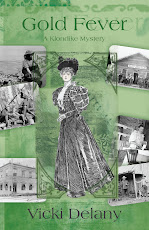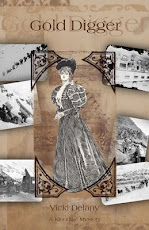Quick! What was the name of the holiday you enjoyed on Monday? (If
you were lucky enough to have one).
If
you live in Ontario, you might be forgiven for not knowing.
For some reason, the official name of the August Long weekend in
Ontario is a confusing mess. No one
really knows what they are supposed to call it.
It is not the Civic Holiday
as it was for a long time.
Simcoe Day, you might have said. You’d be right, if you lived in
Toronto.
If you live in Ontario outside of Toronto it is Emancipation Day. A very little known fact – I didn’t even know
that until last year when my friend the writer Thomas Rendell Curran pointed it
out. What starred this train of thought
was that I was in the grocery store in Picton, a few days ago and was greeted
by a sign
informing me of the “Simcoe Day” opening hours.
Wrong!
 |
| Sir John Graves Simcoe opening the first parliament of Upper Canada |
In 2008, the Province of Ontario
dedicated its August Monday holiday as "Emancipation Day”. Toronto,
however, seems to have suck with Simcoe Day.
The two names are quite closely related.
When the Loyalist settlers arrived in what is now
Prince Edward County in the summer of 1784, the territory was so unsettled it
didn’t even have a name or a leader. There was no Toronto, and until the Loyalists
began arriving, the tiny settlement of Cataraqui (renamed Kingston in 1788) wasn’t
much more than a muddy fort with a tiny village.
It wasn’t until 1791 that the place got a leader,
a government, and a name. John Graves
Simcoe (February 25, 1752 – October 26,
1806) was first Lieutenant
Governor of Upper Canada. Simcoe founded York (now Toronto) and was instrumental in introducing
institutions such as the courts, trial by jury, English common law, and freehold land
tenure. (http://en.wikipedia.org/wiki/John_Graves_Simcoe)
 |
| Elizabeth Simcoe |
The diary of his wife, Elizabeth, provides a valuable record of life on
the frontier, as do her extensive series of watercolours.
One of his most memorable accomplishments was the
ending of slavery in Upper Canada, long before it was abolished in the British Empire as a whole
 |
| Painting by Elizabeth Simcoe |
A personal long-time opponent of slavery, Simcoe introduced a law,
titled An Act to Prevent the further
Introduction of Slaves and to limit the Term of Contracts for Servitude within
this Province in 1793. This law stated that while all slaves in the
province would remain enslaved until death, no new slaves could be brought into
Upper Canada, and children born to female slaves after passage of the act would
be freed at age 25. (http://en.wikipedia.org/wiki/Act_Against_Slavery). – Thus slavery ended forever in 1810, well before it was abolished throughout
the British Empire in 1834 and long before it ended in the United States.
Sir John Graves Simcoe was not a Loyalist, but he was instrumental
in establishing the colony of Upper Canada, later the province of Ontario, where
the rag-tag band of Loyalist Settlers could grow and prosper.













No comments:
Post a Comment